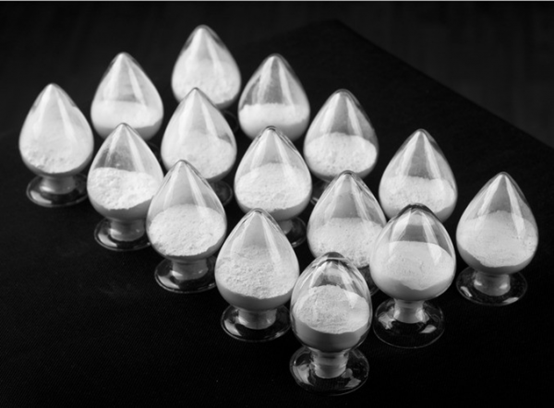
Introduction: Scientists led by the Massachusetts Institute of Technology (MIT) proposed that chitin, which is rich in carbon and nitrogen and extracted from waste shrimp shells, can produce sustainable electrodes for vanadium redox flow batteries and other energy storage technologies.
Eliminating rare, expensive or other problematic materials from the battery supply chain is an important goal, and researchers all over the world are working hard.
When it comes to the need for fixed energy storage to balance the energy supply of intermittent renewable energy sources, the fact that the physical size of the battery is relatively unimportant opens up more possibilities in terms of materials.
Redox flow batteries are a competitive battery chemistry and have seen commercial applications. Like many competing solutions, the typical characteristic of a flow battery is a carbon electrode, and a team led by scientists at MIT is already studying the source of this carbon alternative material, mainly considering waste.
The team claims to have created a vanadium redox flow battery using chitin, which it describes as "polysaccharide, similar to cellulose, found in the exoskeletons of crustaceans and insects."
The improvement of the redox reaction rate on the carbon electrode is an important step to reduce the cost of the all-vanadium redox flow battery (VRFB). Biomass-derived activated carbon (AC) has broad prospects because they can eliminate the post-synthesis modification requirements common to conventional materials.
Although initial efforts have shown that these materials can enhance the performance of VRFB, the wide selection of potentially inexpensive raw materials and synthetic routes has led to the collection of electrocatalytic materials with different physical, chemical, and electrochemical properties, which suggests the development of universal design principles Challenge.
In an article published in ACS Journal of Sustainable Chemistry and Engineering, the research progress of a kind of biomass activated carbon for vanadium redox flow battery was introduced.
MIT chemical engineer Francisco Martin Martinez of the research paper said: "Obviously, there are some carbon electrodes that can produce better performance, but the key to this project is to produce such electrodes from waste, in this example Chitin is extracted from shrimp shells." He added that because carbon electrodes are usually produced in a comprehensive manner, the low cost and sustainability of their precursor materials make them an attractive electrode choice.
The researchers are interested in the fact that the chitin-based electrode contains nitrogen and carbon, which are integrated into the electrode structure, which can promote the electron transfer between vanadium ions and improve battery performance.
The group said it will continue to study the application of biomaterials in the energy field, and its chitin electrodes may also be suitable for seawater desalination and super capacitor equipment.
Copyright © Shenzhen SUJOR Energy Technology Co.,Ltd. All Rights Reserved | Sitemap